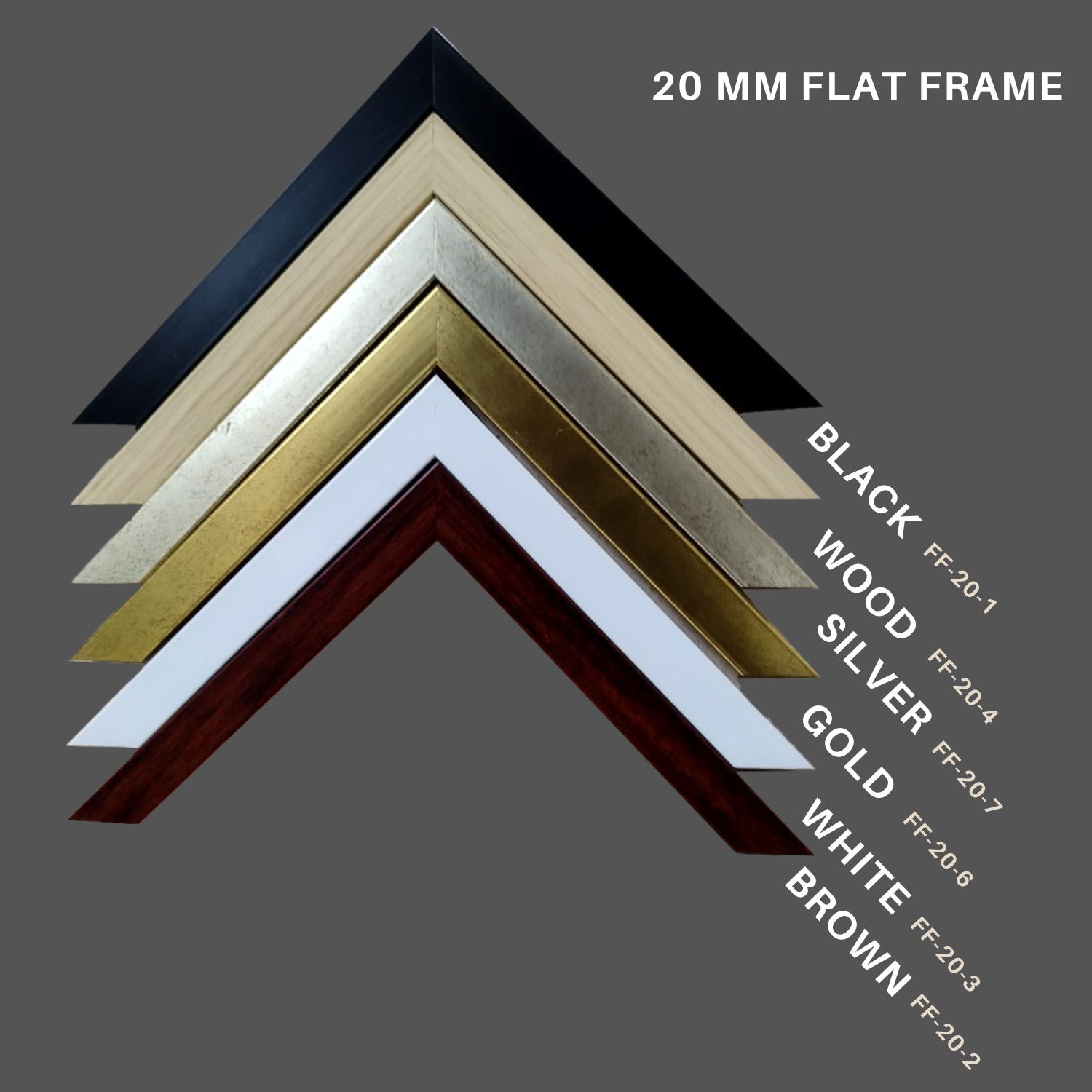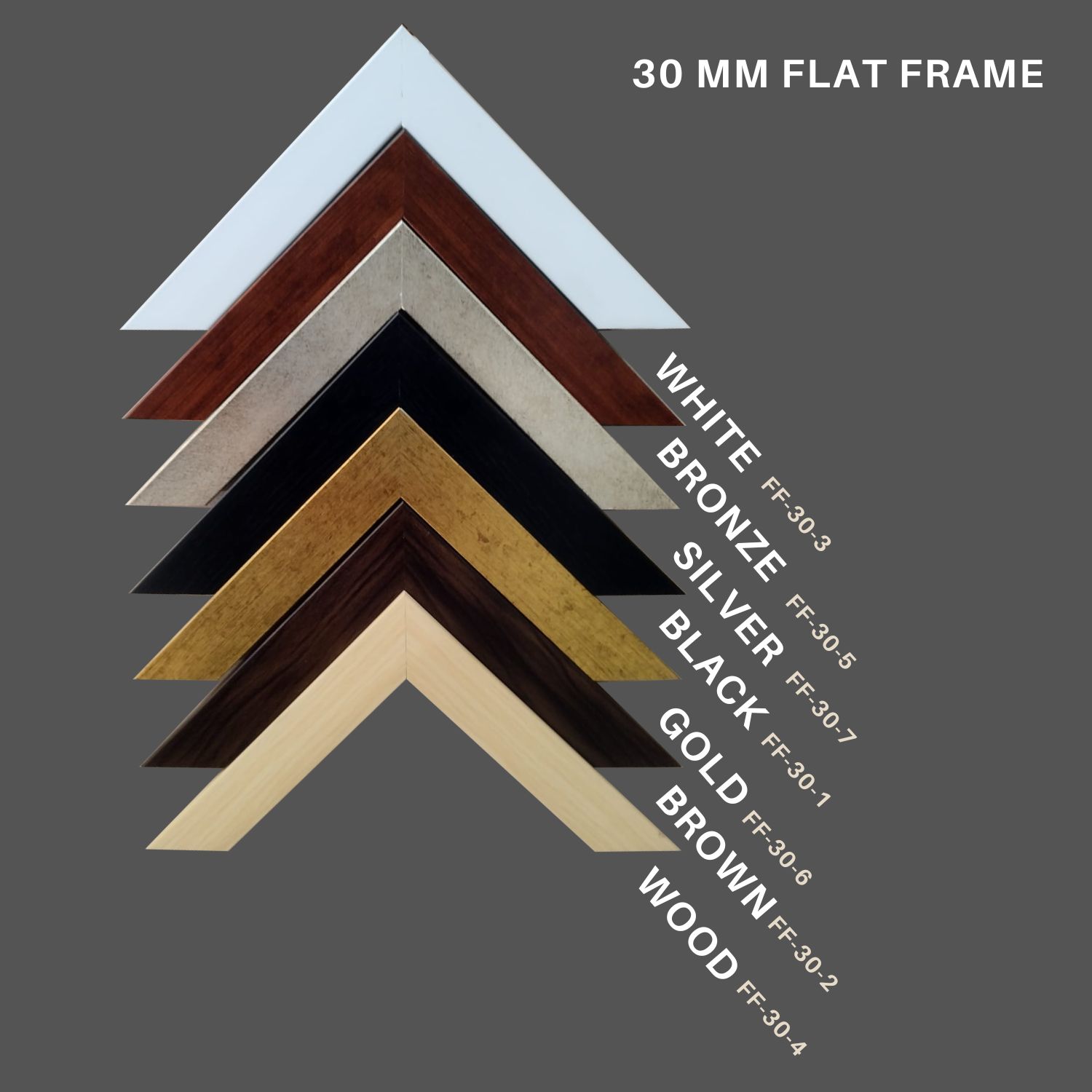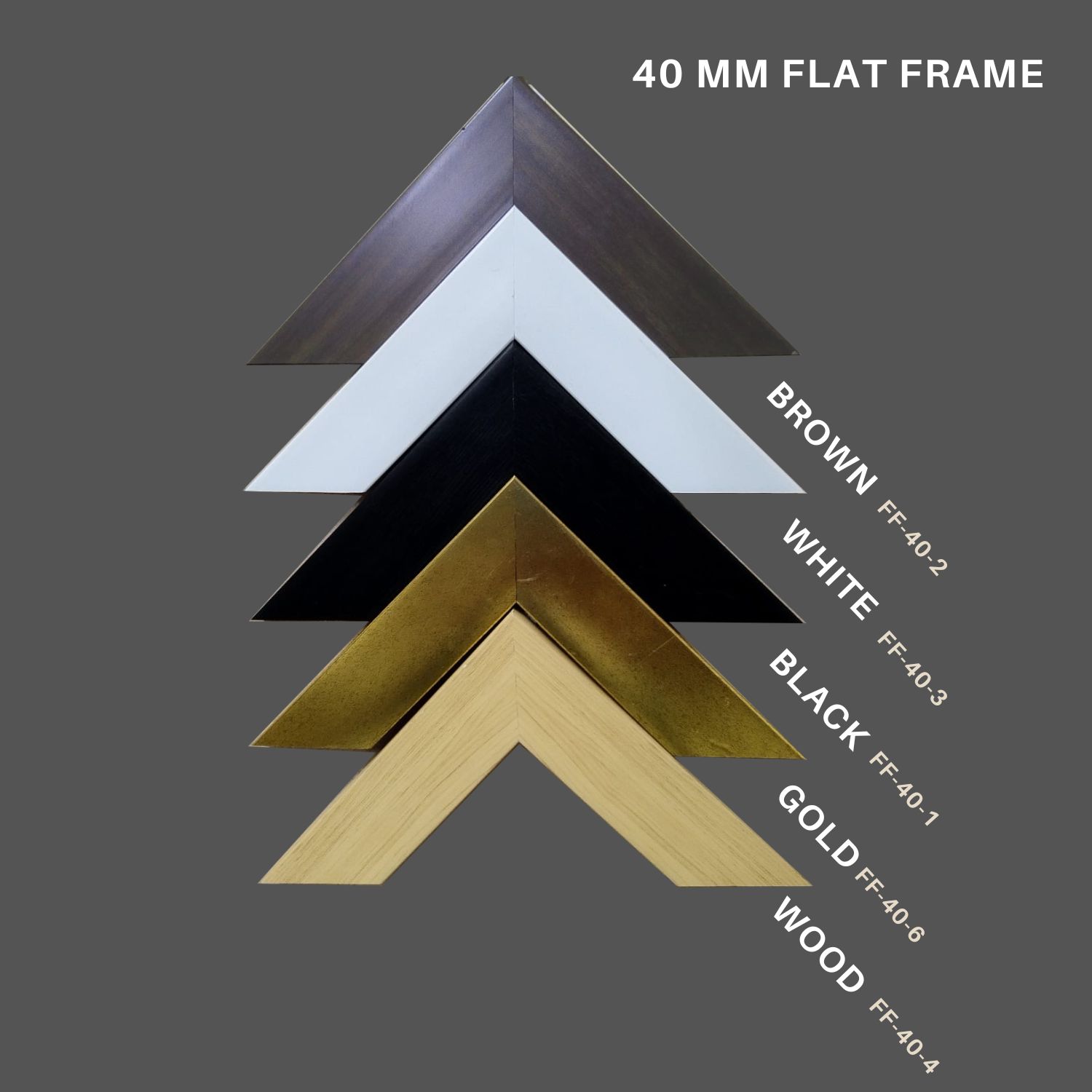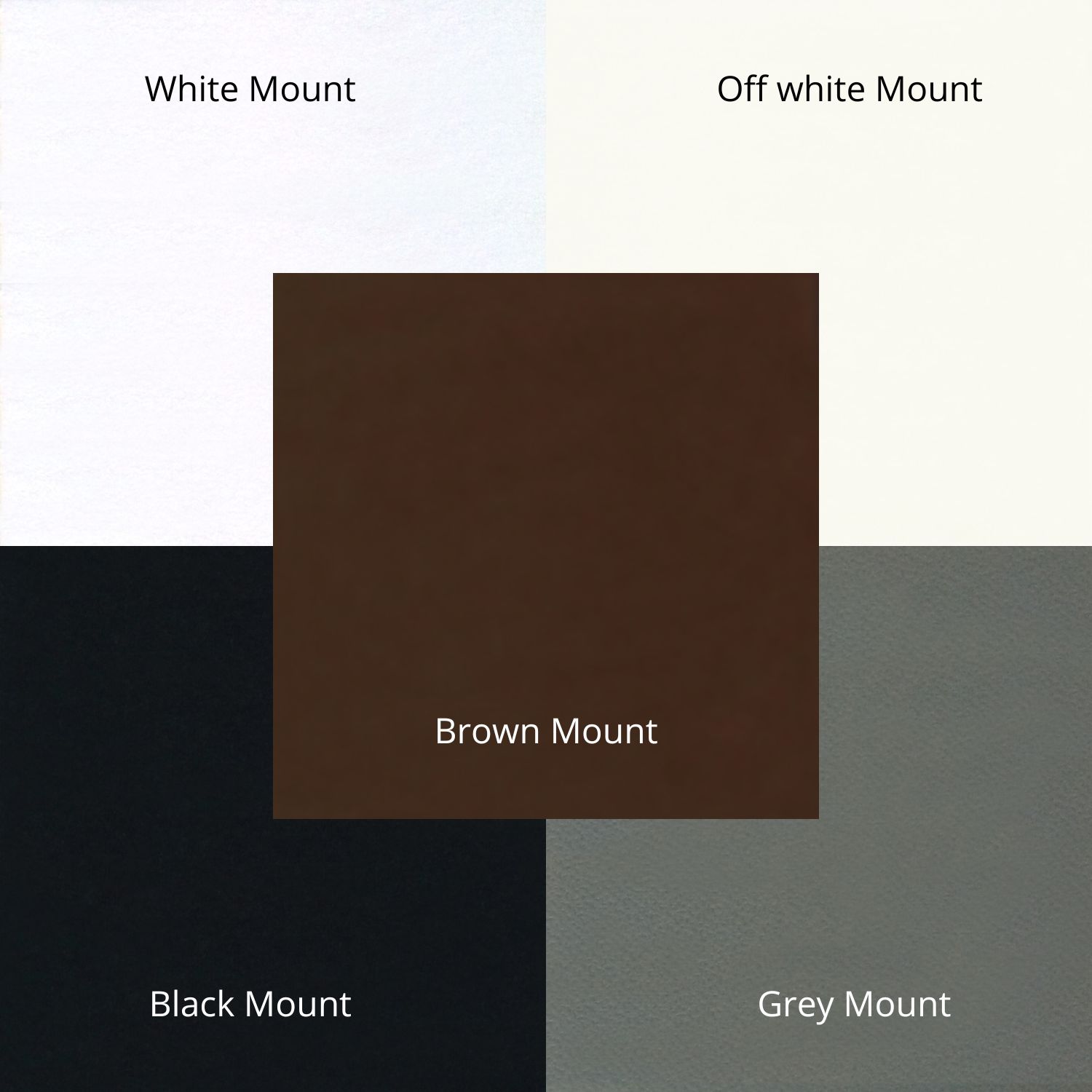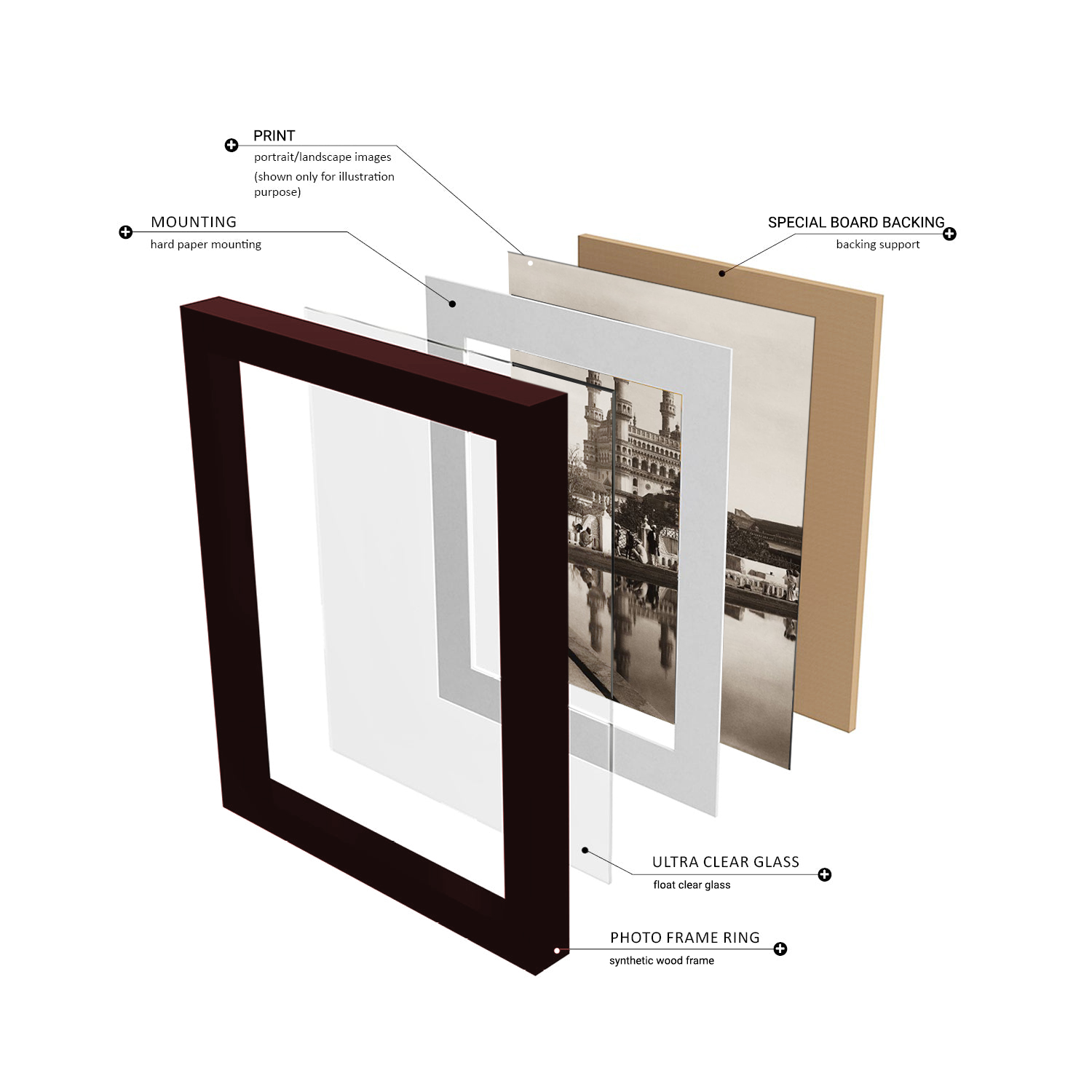DESCRIPTION
Pilgrimage maps circumscribes the experiential and episodic attributes of a religious landscape - regions and places - from the point of view of a pilgrim. They serve as both site guides and mementos alongside acting as living embodiments of the actual tirtha or pilgrimage experience for devotees who are infirm or unable to undertake the sacred journey themselves.
This is a fragment of a larger scroll. The section begins at Deoprayag. The villages of Josigaon and Josimath are noted. There are temples to Thakur (Krishna), Laksmi, Narasimha and Mataji. Lots of dharamsalas (pilgrim hostels) are shown. The Narasimha temple is presumably the famous one at Josimath. Josimath is the winter headquarters of the Rawul and other priests from Badrinath who bring the deity and the treasures down before their temple is completely cut off by the snow for six months of the year. Next comes Karnaprayag where the Karnaganga comes in, shown here coming in from the right but in fact from the left (now called the Pindar River). Pilgrims are bathing where the Karnaganga joins the Alakananda at a Siva temple. Five peaks tower over the road where a sacred tank is dedicated like the mountains themselves to the five Pandava brothers, who spent time here in meditation according to the Mahabharata. They seem to represent the Pancakedara or five great Siva shrines round Kedarnath which tower above the road to Badrinath. The road off to Kedarnath leaves now before Srinagar. We have now reached what must be Srinagar the old capital of Garhwal, since here is depicted the Raja?s palace, but there is no inscription. Two elephants guard the outskirts of the palace and a Laksmi temple. Within the palace is seated Raja Fateh Shah. He is giving an audience to an official while outside his palace some men are awaiting a darshan or viewing of the Raja. Fateh Shah ruled the state of Garhwal 1684 -1716 from his capital of Srinagar. Cows graze peacefully on a meadow while a bazaar is noted above the palace.
The map is read from left to right. Most of the action is assumed to be, or subsumed into, the right bank of the river, i.e. the upper part of the scroll. In keeping with such route maps, things depicted on the left bank of the river are depicted upside down. The scroll is plentifully supplied with inscriptions, naming sacred places, villages, mountains and trees.
The path is conspicuously painted yellow all the way along the scroll and we see travellers and pilgrims following it up and down mountainsides and over the bridges across the rivers.
Reference: Nanda, Vivek, and Alexander Johnson. Cosmology to Cartography a Cultural Journey of Indian Maps from the Collections of Kalakriti Archives, Hyderabad and National Museum. New Delhi: National Museum, 2015.
Artist Name
Unknown Artist from Rajasthan
Width
2230 mm
Width Range
830 mm - 72 inches and greater
Height
395 mm
Height Range
Less than 610 mm - 24 inches
Medium
Opaque watercolor on cotton
Specifications
This is a high-quality fine art reproduction of original rare vintage map, printed on enhanced matte archival paper with archival inks.
The frames used are high quality synthetic wood box frames or Aluminium frames. The print is protected with either 2.00 mm float glass or acrylic sheet as selected. To make it sturdy, a special board is used for the rear panel and hangers are included on the rear panel.
Provenance
From the Prshant Lahoti Collection, part of Kalakriti Archives, Hyderabad. A private archive comprising of collection of historical maps, photographs, and popular prints of Indian Sub-continent.
Framing
With Framing
Year
Early 18th Century


